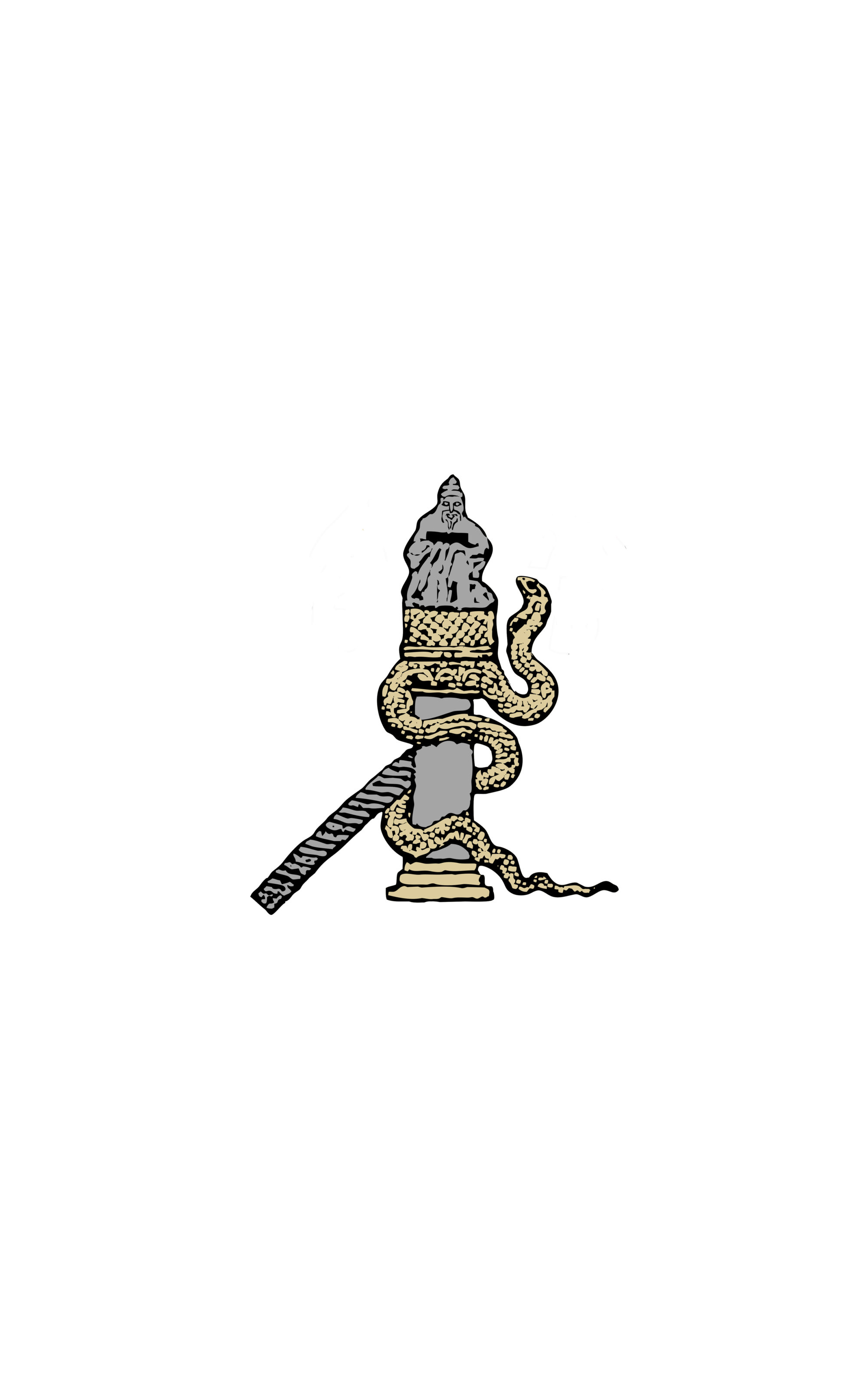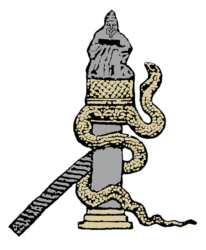The demoniacal influences of Late Antiquity in early Byzantine hagiography: the black demons of the Life of Simeon the Fool.
Javier Fuertes, université de Cantabria
Through demoniacal epiphanies contained in the Life of Symeon the Fool, written by bishop Leontius of Neapolis, this work aims to study the influence of cultural Late Antiquity’s notions in early Byzantine hagiography, analyzing the traditions which explain and justify the black appearance of demons in that work.
The author begins by describing demon’s epiphanies in the text, where evil spirits are described as dogs, terrifying spirits or Ethiopians, but always black, placing them in the narrative context of the story. Then, he combines both historical and anthropological approaches to analyze the precedents and parallels of this particular dark appearance in order to understand its origins and explanation. Finally, the author concludes that these epiphanies are drawn not only from the image of darkness associated with the evil forces in the evangelical literature but also from pagan traditions about daimones as well as from certain Greco-Roman prejudices regarding somatic and racial archetypes.

